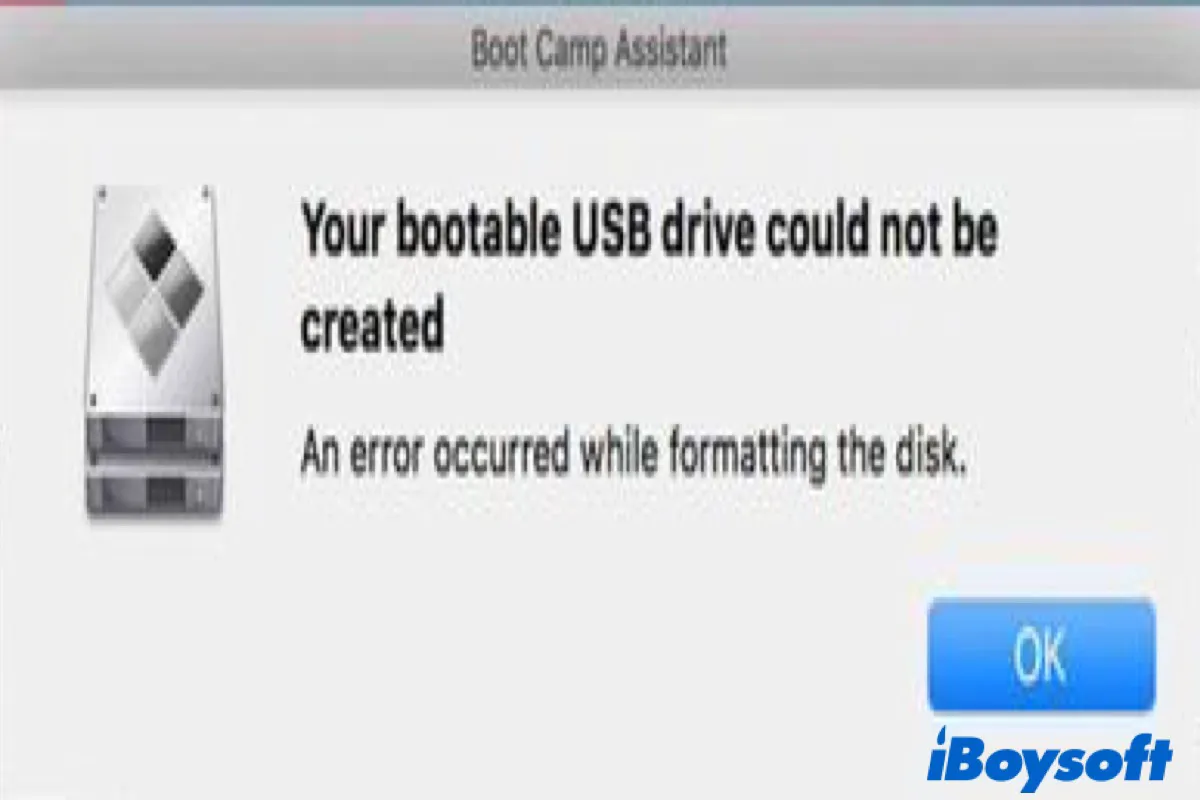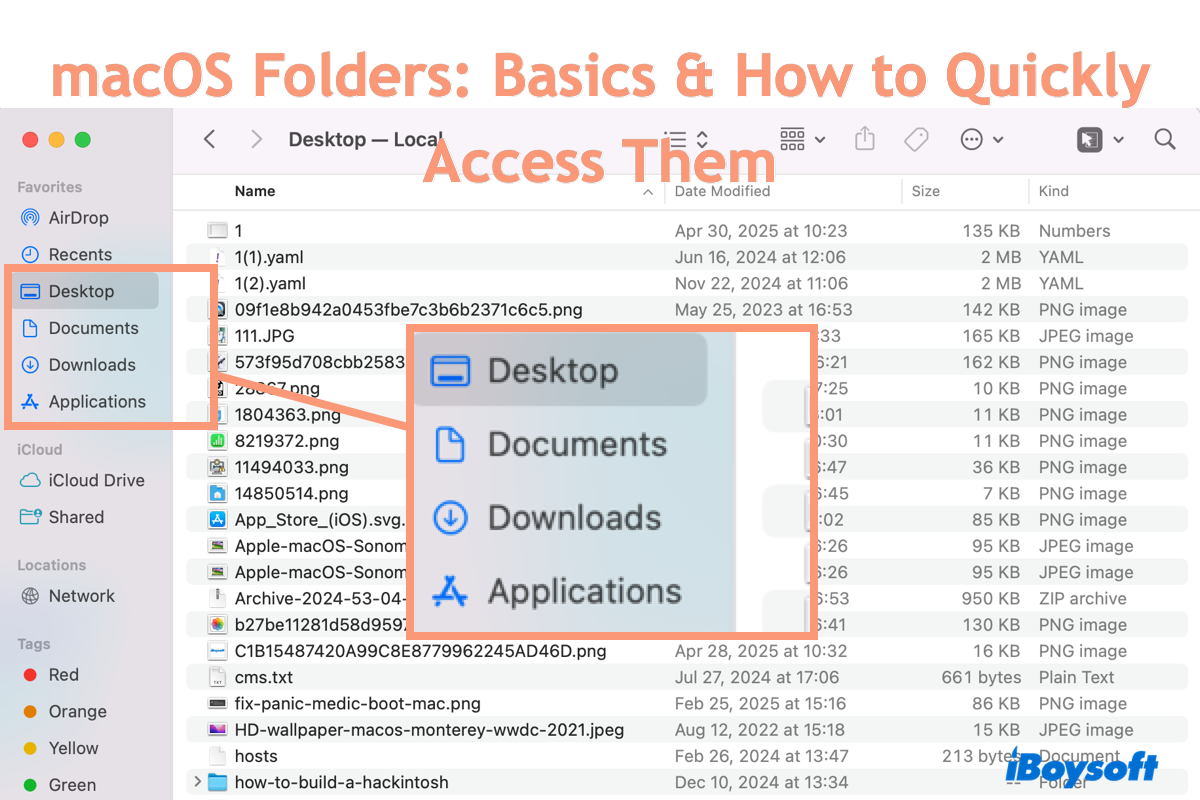If you want to erase the BootCamp partition, you ought to boot into the macOS Recovery Mode, launch Disk Utility, and make sure to select the base of the Fusion Drive (called "Fusion Drive") and erase it as a GUID partition and APFS (the top option). After that, you can restore from your backup which will use the whole Fusion Drive.
Here is how to boot your iMac into macOS Recovery Mode: How to Use macOS Recovery Mode on Mac (M1/M2/M3 Mac)?


